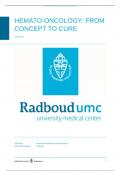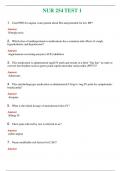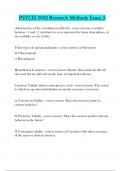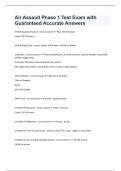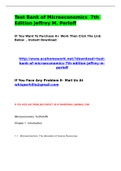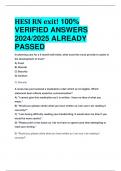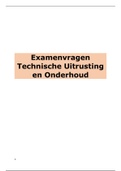Resumen
Samenvatting - MIN18 Hemato-oncology: From concept to cure (MIN18) Summary
- Grado
- Institución
Deze samenvatting bevat alle onderwerpen behandeld tijdens minor 18 (stem cell biology, clonal evolution, pathogenesis, leukemic transformation, acute myeloid leukemia, flow cytometry, autologous/allogeneic transplantation, myelo proliferative diseases, (chronic myeloid leukkemia, essential thrombo...
[Mostrar más]
